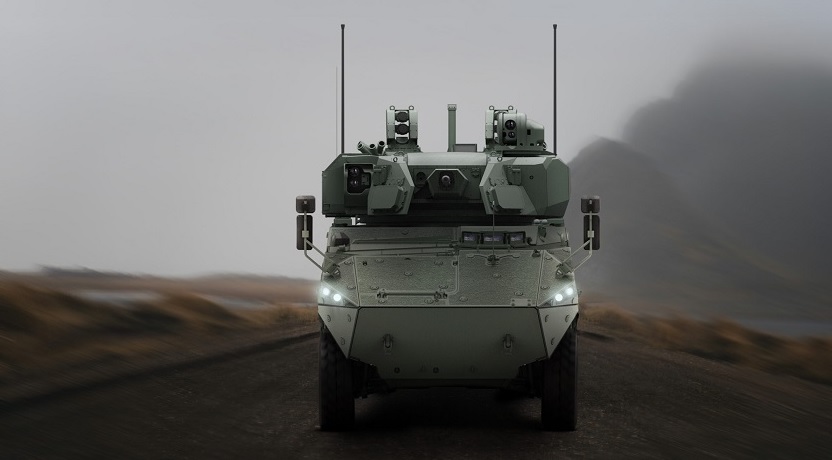New Chip Coated with man-made Diamonds Promises Smaller, More Powerful Radars

DARPA and Raytheon have unveiled a groundbreaking semiconductor prototype that boasts significantly lower operating temperatures compared to conventional chips. This innovation holds the potential to revolutionize radar technology for warplanes, drones, and air defense systems.
Under DARPA THREADS program (Technologies for Heat Removal in Electronics at the Device Scale), Raytheon has secured $15 million for the further development of these advanced gallium nitride (GaN) semiconductors designed to operate at exceptionally cool temperatures.
Matt Tyhach, Raytheon mission area director for next-generation sensors and microelectronics, explained that the key to achieving lower temperatures lies in integrating world-class thermal conductors directly adjacent to the hotspots within the device. This involves the use of diamond crystals, cultivated onto chips with assistance from Diamond Foundry and Stanford, made possible by recent breakthroughs in nanotechnology and lab-grown diamonds.
Diamonds are renowned for their outstanding thermal conductivity, and Tyhach illustrated this by noting that a diamond crystal wafer, placed between fingertips and touching an ice cube, could transfer enough heat to melt the cube. Leveraging this property could result in GaN chips that demand less cooling.
While GaN is already widely used in radar systems to enhance the power of emitted signals, heat remains a limiting factor in electronic devices. The incorporation of diamond crystals is set to address this issue, with Tyhach highlighting the substantial improvement: “In terms of comparing thermal performance, today silicon carbine substrates have a conductivity of about 300 [Watts per meter-Kelvin]. The diamond is 2,000.”
DARPA is currently exploring the potential applications of these cooler GaN semiconductors. Tyhach envisions that, similar to how GaN revolutionized radar capabilities, these new semiconductor architectures could empower drones and fighter jets with more potent radar and sensing capabilities. This advancement may facilitate increased autonomy, allowing these aircraft to perceive their surroundings more accurately, identify targets, and evade threats with greater ease.
Raytheon gallium nitride foundry in Andover, Massachusetts, will be the hub for this groundbreaking work. Tyhach emphasized the significance of utilizing the same foundry for both GaN wafers and THREADS program devices, streamlining the research and development process and accelerating the transition from development to practical implementation.



